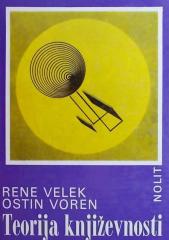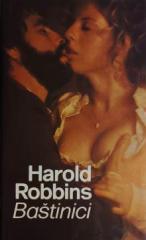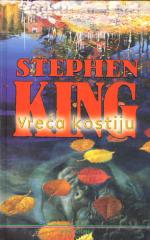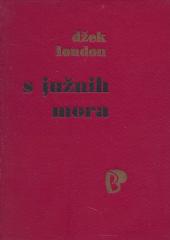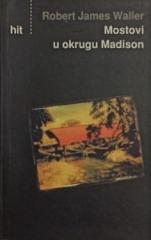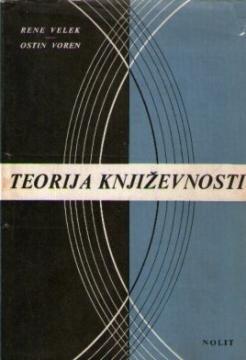
Teorija književnosti
The Theory of Literature (1949) is a classic work that systematically analyzes the nature of literature, its methods, and its relationship to other disciplines. It is considered one of the foundational texts of the neo-critical school, focusing on the int
The book is divided into three parts. The first, "Definitions and Demarcations", considers what literature is, distinguishing it from other arts and sciences. Wellek and Warren advocate an "intrinsic" approach, focusing on the text rather than the author's biography or social context. The second part, "The Inner Study of Literature", analyzes elements such as style, narrative, symbols, and meter, emphasizing the importance of formal analysis. They are particularly concerned with the concepts of genre, theme, and literary evolution. The third part, "The External Relations of Literature", explores the relationship of literature to psychology, sociology, philosophy, and other arts, but warns against reductionism that ignores the aesthetic value of the work.
The authors promote an interdisciplinary yet disciplined approach, combining theory with practical examples. Their emphasis on the autonomy of the literary work and objective analysis has influenced modern criticism. Although sometimes criticized for being too formal, the book remains essential to the understanding of literary theory, appreciated for its clarity, depth, and influence on literary scholarship.
One copy is available
